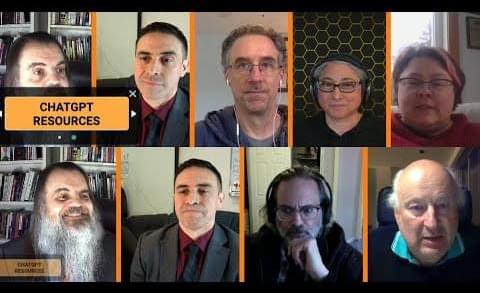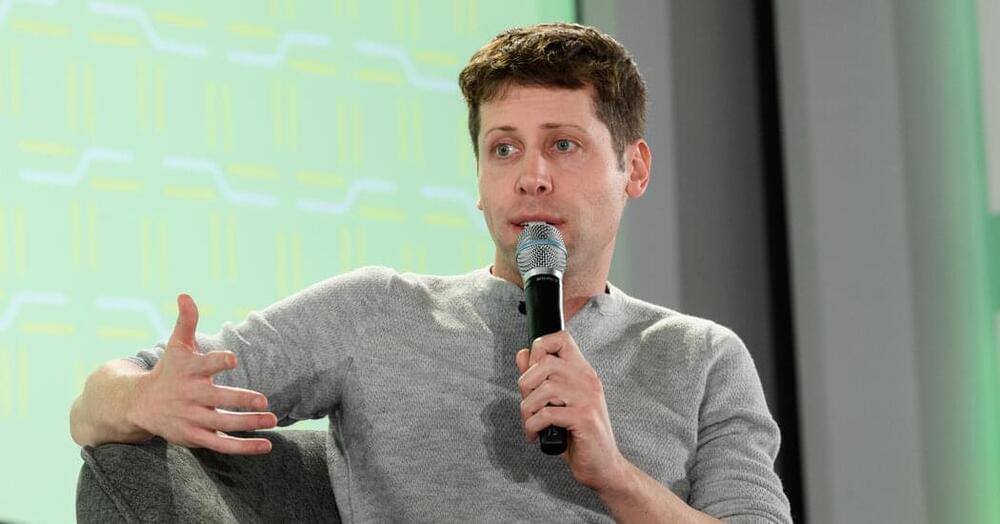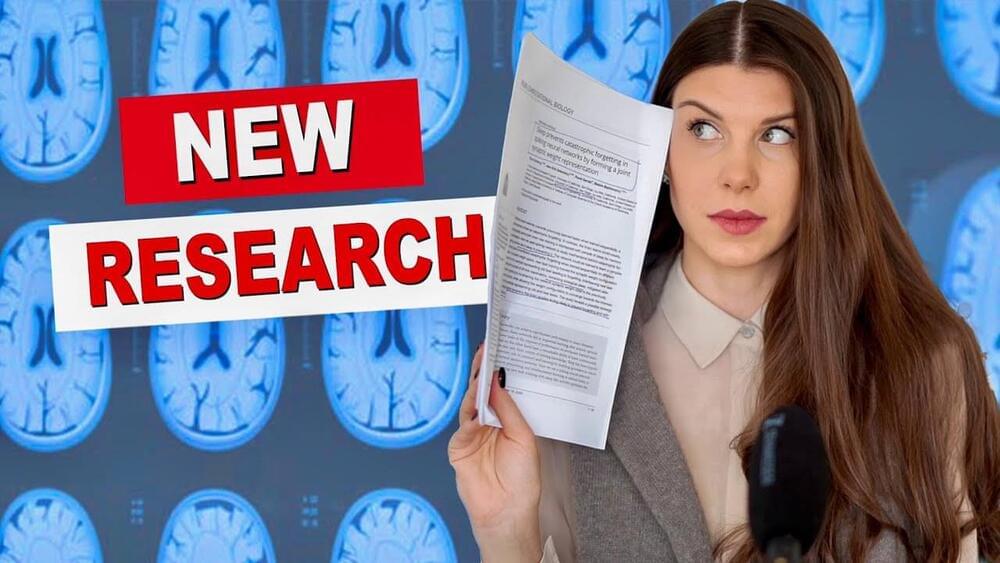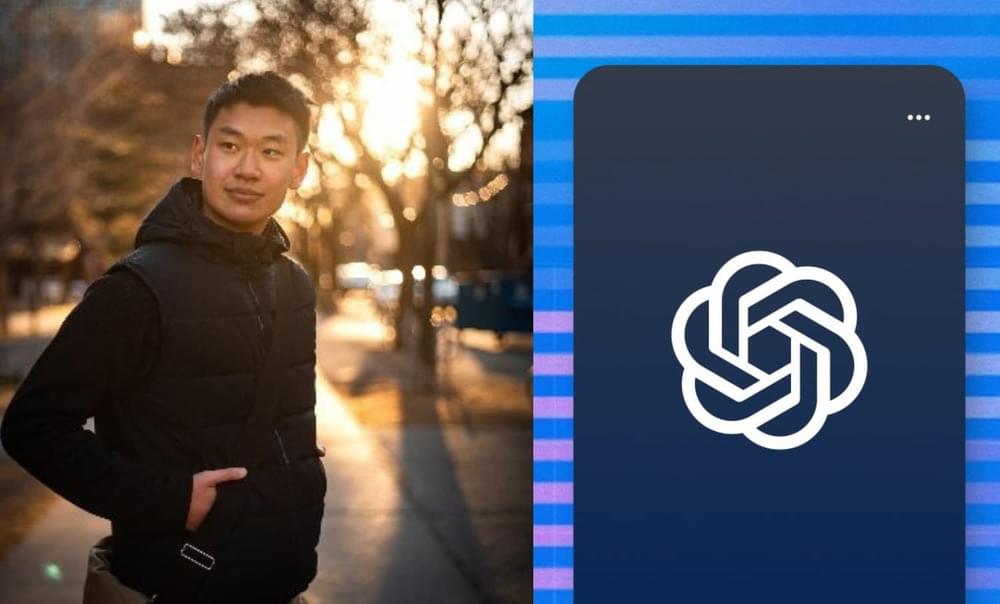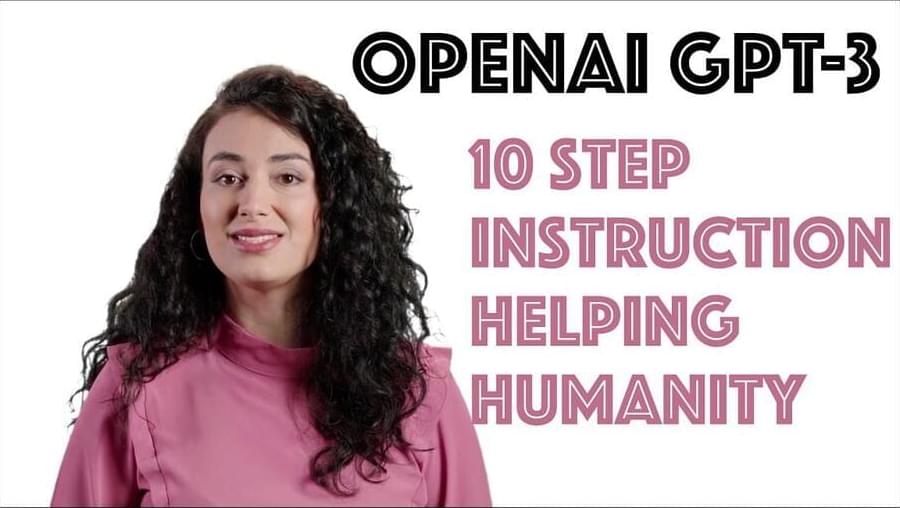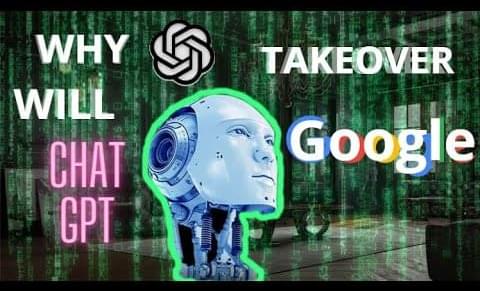Following China’s abrupt U-turn on zero-COVID policy last month, the country has seen an increase in COVID cases. A leading doctor at one of Shanghai’s top hospitals estimates that up to 70% of the city’s population has been infected with COVID-19.
What is ChatGPT and what might it mean for higher education?
In this special Future Trends Forum session we’ll collectively explore this new technology. How does the chatbot work? How might it reshape academic writing? Does it herald an age of AI transforming society, or is it really BS?
Experts who joined us on stage includes Brent A. Anders, Rob Fentress, Philip Lingard, John Warner, Jess Stahl, and Anne Fensie.
The Future Trends Forum is a weekly discussion event created and hosted by Bryan Alexander. Since 2016 we have addressed the most powerful forces of change in academia. Each week, this video chat brings together practitioners in the field to share their most recent work and experience in education and technology. The intent of the Forum: to advance the discussion around the pressing issues at the crossroads of education and technology.
An investment frenzy over “generative artificial intelligence” has gripped Silicon Valley, as tools that generate text, images and sounds in response to short prompts seize the imagination.
In this video I discuss a new research paper which suggest a new way to cope with catastrophic forgetting in Artificial Intelligence.
#AI #NewResearch #newpaperpattern.
Links:
The Paper: https://journals.plos.org/ploscompbiol/article?id=10.1371/journal.pcbi.1010628
The Book: https://amzn.to/3jUZs1d.
The Rocket: https://amzn.to/3GkrgDt.
Support me on Patreon: https://www.patreon.com/AnastasiInTech.
My Newsletter: https://anastasiintech.substack.com
An app developed by a Princeton University student helps determine if a text is written by a human or by the artificial intelligence tool ChatGPT.
Edward Tian, a senior cs major, stated in a tweet that his algorithm, GPTZero, can “quickly, efficiently detect whether an essay or article or any text is written by ChatGPT or human.” You can download the beta version of this app here.
ChatGPT is gaining popularity for its ability to generate coherent essays on any topic in seconds. Investors are interested in the technology, according to Wall Street Journal. OpenAI parent company could soon attract investment valued at $29 billion.
In this article, let us see how to build a potential darkweb monitoring tool out of ChatGPT
The dark web is a notorious and often misunderstood part of the internet, known for its anonymous communication and the buying and selling of illegal goods and services. It is not indexed by traditional search engines and is only accessible through specialized software, such as the Tor browser.
While the dark web can be a breeding ground for criminal activity, it is also a valuable resource for cyber security firms, law enforcement agencies and cybersecurity and threat intelligence individuals looking to track and monitor illegal activities.
What would happen if you combined the power of artificial intelligence with a human’s intellect and creativity? That’s the question Hack My Dogma sought to answer with the groundbreaking new series of videos featuring conversations between an AI GPT-3 created by OpenAI and Marcus, a human.
Through these videos, viewers can experience the power of AI first hand and get a glimpse into the potential of artificial intelligence, as well as what the future may hold.
In the series, Marcus and the AI discuss a range of topics such as IT, graphics engines, artificial intelligence, the singularity, and more.
Even more impressive is the computer animated model of GPT-3, which was created to represent GPT-3’s self-image. This model was rendered using synthesia.io, giving viewers a unique glimpse into the mind of the #AI. Join the conversation today to experience the power of AI for yourself and explore the potential of artificial intelligence!
Hello, we’re the Why Show and explain the reasoning for various topics.
We upload every Monday, Wednesday and Friday, so be sure to subscribe 😊.
VALL-E can generate various outputs with the same input text while maintaining the speaker’s emotion and the acoustical prompt. VALL-E can synthesise natural speech with high speaker accuracy by prompting in the zero-shot scenario. According to evaluation results, VALL-E performs much better on LibriSpeech and VCTK than the most advanced zero-shot TTS system. VALL-E even achieved new state-of-the-art zero-shot TTS results on LibriSpeech and VCTK.
It is interesting to note that people who have lost their voice can ‘talk’ again through this text-to-speech method if they have previous voice recordings of themselves. Two years ago, a Stanford University Professor, Maneesh Agarwala, also told AIM that they were working on something similar, where they had planned to record a patient’s voice before the surgery and then use that pre-surgery recording to convert their electrolarynx voice back into their pre-surgery voice.

